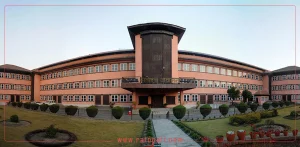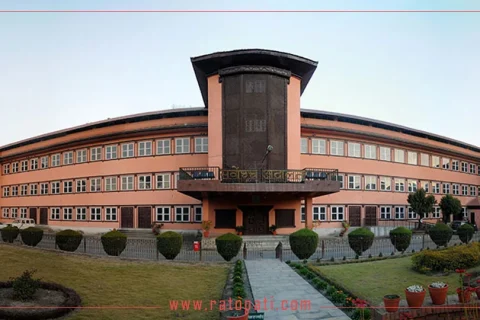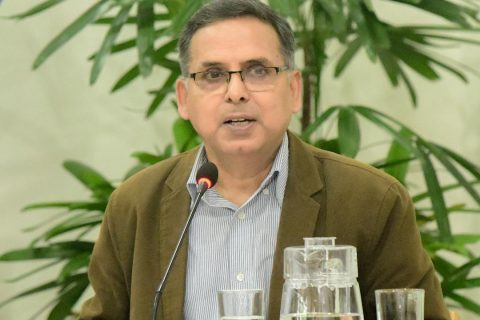The mountain state has just 18 miles of track. Beijing and New Delhi are keen to change that.
China’s ambitious Belt and Road Initiative (BRI) has stirred worldwide controversy. The seizure of Hambantota Port in Sri Lanka, a land grab in Africa, debt traps in the Maldives, and the angry response in India and the tumultuous Pakistani region of Balochistan to the China-Pakistan Economic Corridor are just some of the developments drawing international concern.
But for Nepal, the BRI is a potential lifeline: A landlocked nation long dependent on India’s favor sees a planned Chinese rail route across the mountains, begun in 2013, as an economic boom—and a vital counterweight against India’s economic power. In April, China officially included the Nepal-China Trans-Himalayan Multidimensional Connectivity Network in its joint communiqué of the second Belt and Road Forum in Beijing. Deals inked during Chinese President Xi Jinping’s recent visit to Nepal may push the project forward, giving Nepal, previously hemmed in by India, far better options.
The democratically elected Nepal Communist Party sees the BRI as a geopolitical blessing—one that many hope will pave an alternative route for Nepal’s continuous struggle to protect its sovereignty. In 2015, a five-month economic blockade was unofficially imposed by India with the aim of pressuring officials in Kathmandu over the rights of the Madheshi minority, squeezing the country’s economy. According to figures released by the World Bank, Nepal’s GDP dropped by 3 percent, poverty increased by 8 percent, inflation spiked to over 12 percent and shortages of food and medicine cost hundreds of lives. This fueled political rhetoric about China’s potential as Nepal’s geopolitical savior—a victory for Prime Minister K.P. Sharma Oli, whose support for Chinese aid formed a significant part of his campaign.
New rail infrastructure is seen as one of the key ways China can offer this aid. Nepal’s current railways are tiny—the state rail company operates a total of just 18 miles of track. China’s plans include building a railway from Lhasa that will travel via Shigatse and Kerung in Tibet, an autonomous region in China’s west; to Rasuwa in Nepal; to the country’s capital city, Kathmandu; and finally connecting to the religious site of Lumbini, in the south, and Pokhara, a city that lies to the west of the capital city, Kathmandu.
Bipin Adhikari, a senior advocate and critic, said that until recently there had been progress in the Nepal-India railways but not on the Nepal-China front. “Links with China are more important than with India, because we are already well-connected to India—and the current relationship with India has provided more pitfalls than solutions for Nepal,” he said.
India has been conducting its own railway diplomacy in Nepal for some time, rebuilding the route between Jayanagar, India, and Janakpur, Nepal, which was first opened in the 1930s. But those efforts faced serious setbacks when Raghubir Mahaseth, the Nepalese minister for physical infrastructure and transport, announced in March that Nepal would build its railways using the standard gauge, used by China, instead of the broad gauge adopted by India. The only exception would be in the areas that border India, where Nepal will allow its southern neighbor to build railway tracks, comprising of five planned routes, in the broad gauge model.
The government’s ambitions are huge. Its vision is of Nepal as a hub between India and China, connecting two economic giants and profiting in the process. The challenge will be pulling that off without alienating one side or the other.
Mahaseth told Foreign Policy this February in Kathmandu: “We have the ability to build the railway on our own. Nepal’s government is going to design a total of 2,800 kilometers of track and connect all cities by railways in the near future.”
But analysts don’t agree. As Surya Raj Acharya, an infrastructure expert and member of the opposition Sajha Bibeksheel Party, points out, Nepal’s transport is still extremely undeveloped—and the harsh terrain and lack of land make all forms of connection a challenge. Railways are the best bet, he said, but “weak technical know-how and lack of investment capital [are] a big constraint.”








